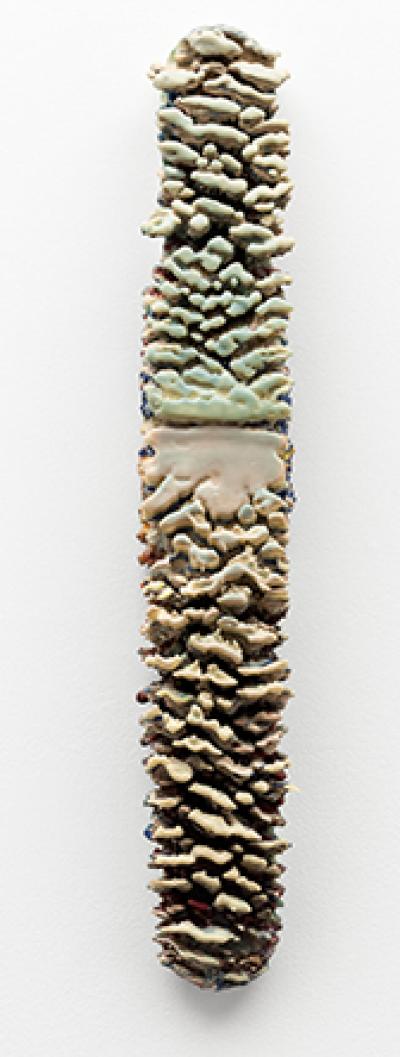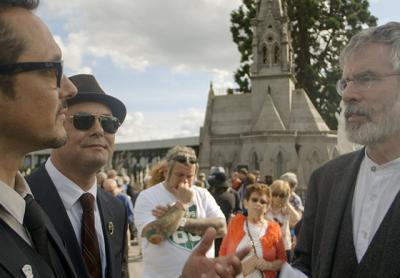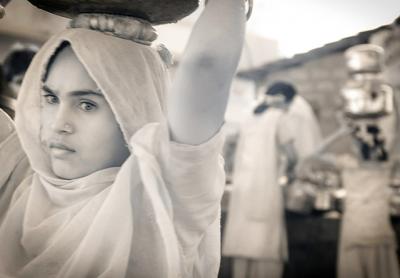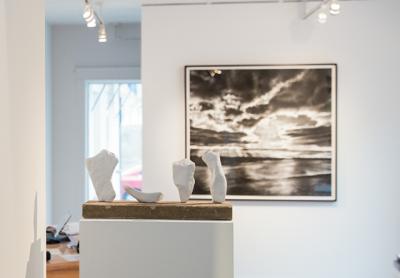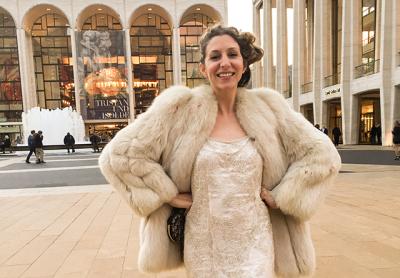Disney Favorites
Disney Favorites
Josh and Hannah Faye Huizing will present a free concert of Disney songs and anecdotes about the media giant on Sunday at 4 p.m. at the East Hampton Presbyterian Church. A married couple, they are both classically trained singers who performed as soloists with the Choral Society of the Hamptons in December. They will be accompanied by Jane Hastay on piano and Peter Martin Weiss on bass.

